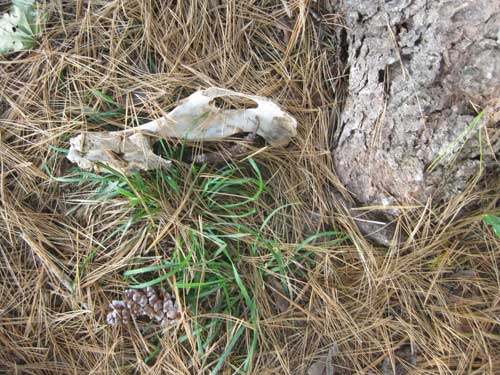
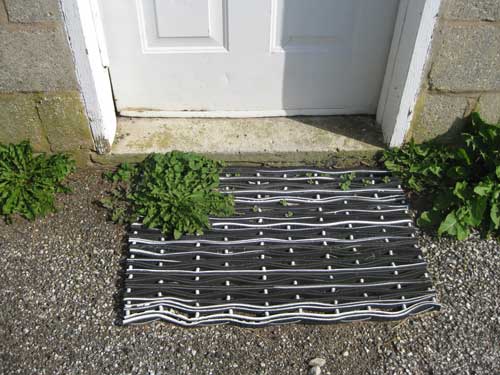
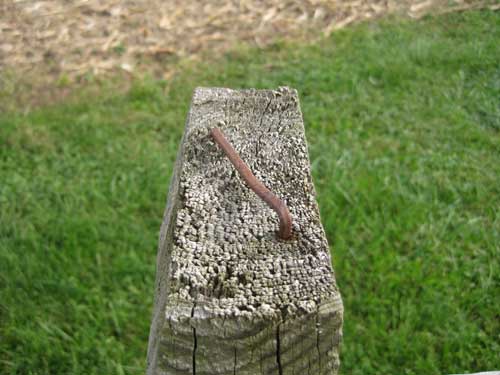




After my husband’s family cleared out their parents’ house these baby shoes remained, unwanted.
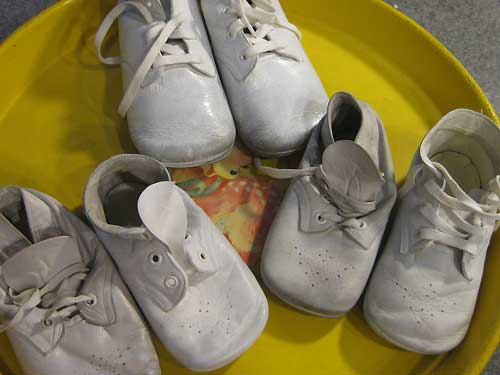
I have a difficult time with them because they are leather and the baby shoe syndrome, but there is something about them. I couldn’t leave them, or let them be donated, thrown away.
My husband and his siblings wore them.
Yeah, I still am not good at discarding things.
I enjoy interesting art on coins, stamps, vegetable stickers…
Today I ran across this coin amongst my stuff, but have no recollection where it came from.
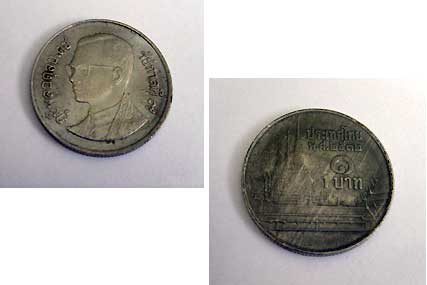
I found this coin when I was in grad school.
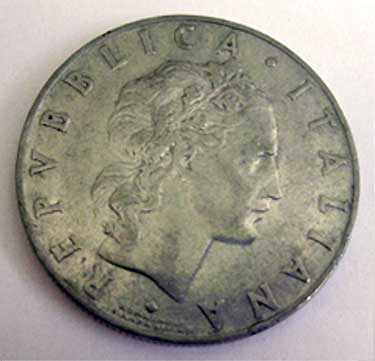
I like that the guy is a metal worker of sorts, but safety should require protective gear.
Very cool that it was minted in 1956.
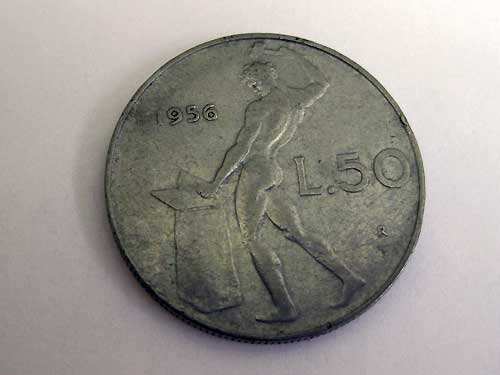
Also minted in 1956.
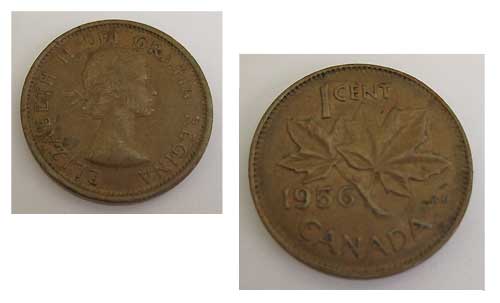
How cool would it be if one of the members of the NY School used this quarter to pay for coffee?
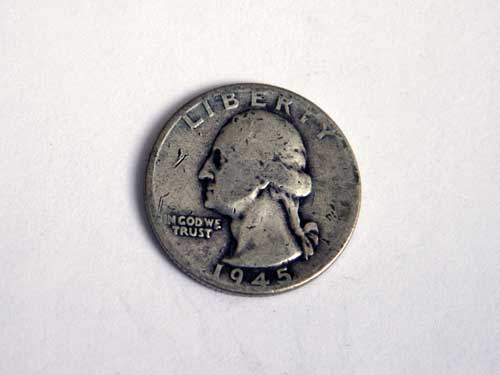
There are a variety of eagles on coins. This one seems about to take flight.
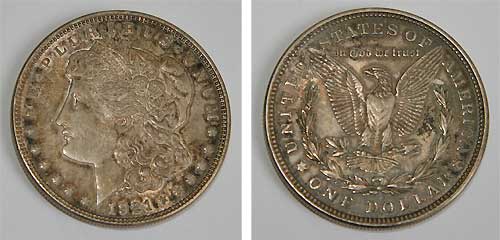
I received the dollar during a purchase in Marion, Ohio. The idea is to post it on the website and then send it back out into the world. I liked the little bunny and have kept it in my wallet for several years.

I bound a penny and fired it to 1250ºF thinking that it was copper. I was hoping for a bit of slumping. When I researched the composition of pennies I found that they are primarily zinc. So, not surprising that the coin melted at a lower temperature.

From the United States Mint site–
The alloy remained 95 percent copper and 5 percent zinc until 1982, when the composition was changed to 97.5 percent zinc and 2.5 percent copper (copper-plated zinc).
I remember seeing a television program about the Wieliczka Salt Mine on PBS, TLC, or the History Channel. So, when I received an email with images of the mine I was delighted.

Then a very cool thing happened. The attached link took me to the UNESCO World Heritage site which has loads of amazing information and images of places of cultural importance categorized by country.
I plan to spend some time on the site in the near future.
I often use dried plant parts in my work. Typically the plants must have some interesting tactile quality, be toxic, and have a cultural myth or superstition. I was looking through a stash of dried plant parts and found some Haworthia limifolia leaves. They have great texture with sharp and pointy tips.
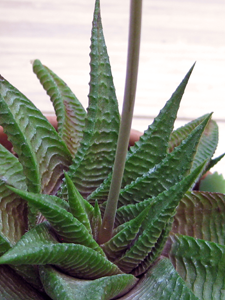
I googled Haworthia limifolia looking for information. I was a bit disappointed that the plant isn’t toxic. Apparently it is often used in place of Aloe for skin ailments. I did find a line that popped up in several articles, “Haworthia limifolia is often used by traditional healers as a spiritual remedy to ward off evil.” Curious. What kind of evil?
I have a contact at the UC Botanical Garden so I sent him an email inquiry about the plant. The plant is one that he gave to me several years back. He sent me a pdf of an article that I hadn’t read, Lightning Birds and Thunder Trees authored by Adrian Koopman. The article states that Haworthia is used as a charm to protect against lightning.
We don’t see much in the way of lightning where I live. Before reading about the plant’s reference to lightning, I had already bound the bits to a piece of hardware cloth to become part of a lid. My work must have the appearance of a life lived, so I age the work using one or more techniques–wax, heat, fire, salt, molten sugar, chemicals… and sometimes I bury the work.
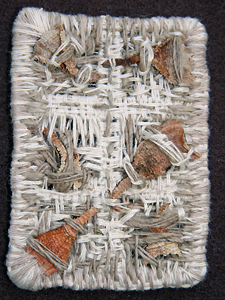
The Haworthia bits are bound to the hardware cloth with cotton and bamboo fiber which works great with all of the techniques.
A few lightning information links–
S.A. Weather and Disaster Information Service, South Africa
Global Hydrology and Climate Center
Mortality Statistics–Victim of lightning by country
NOAA National Severe Storms Laboratory